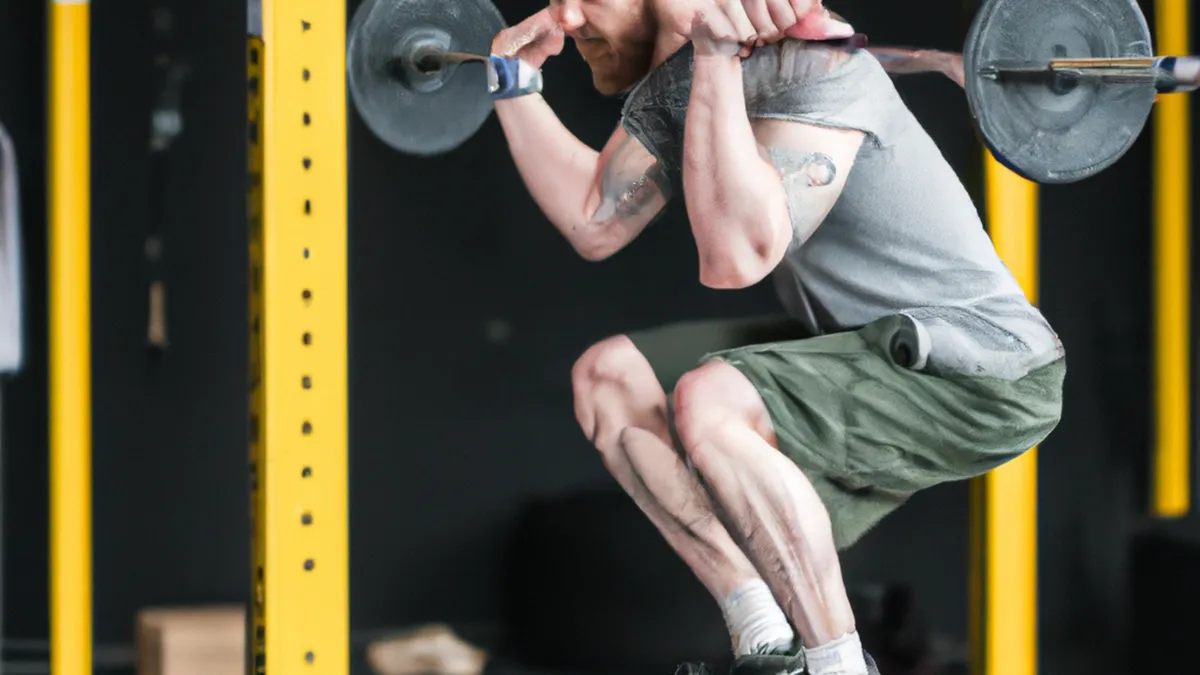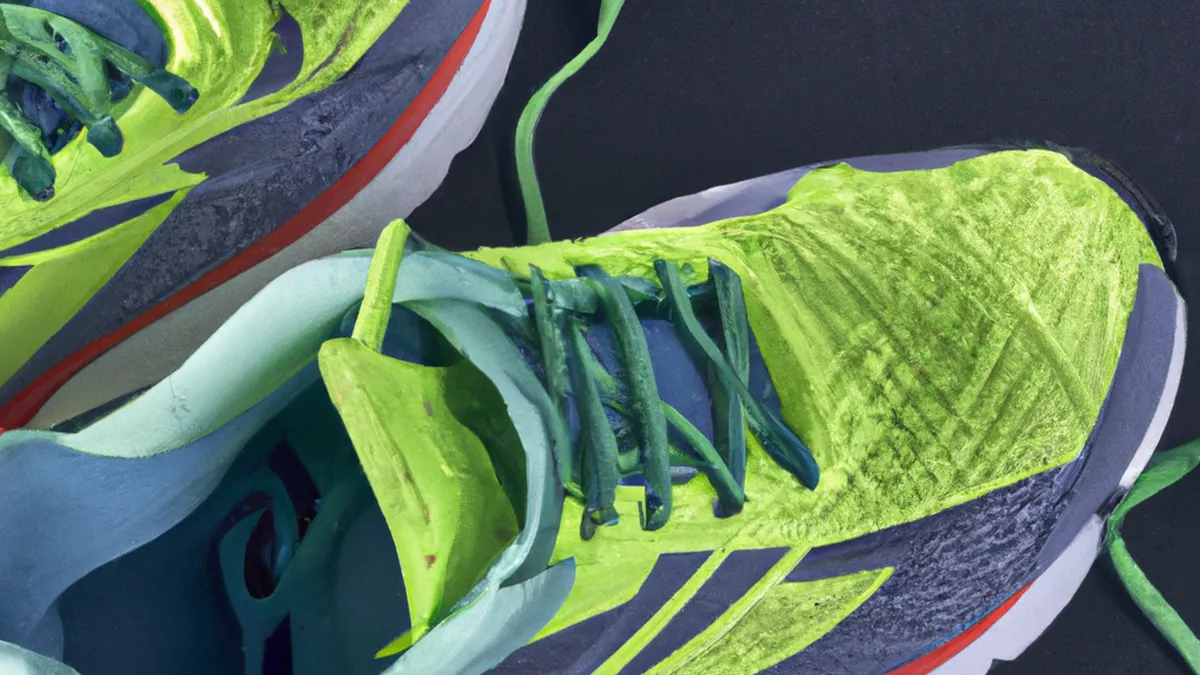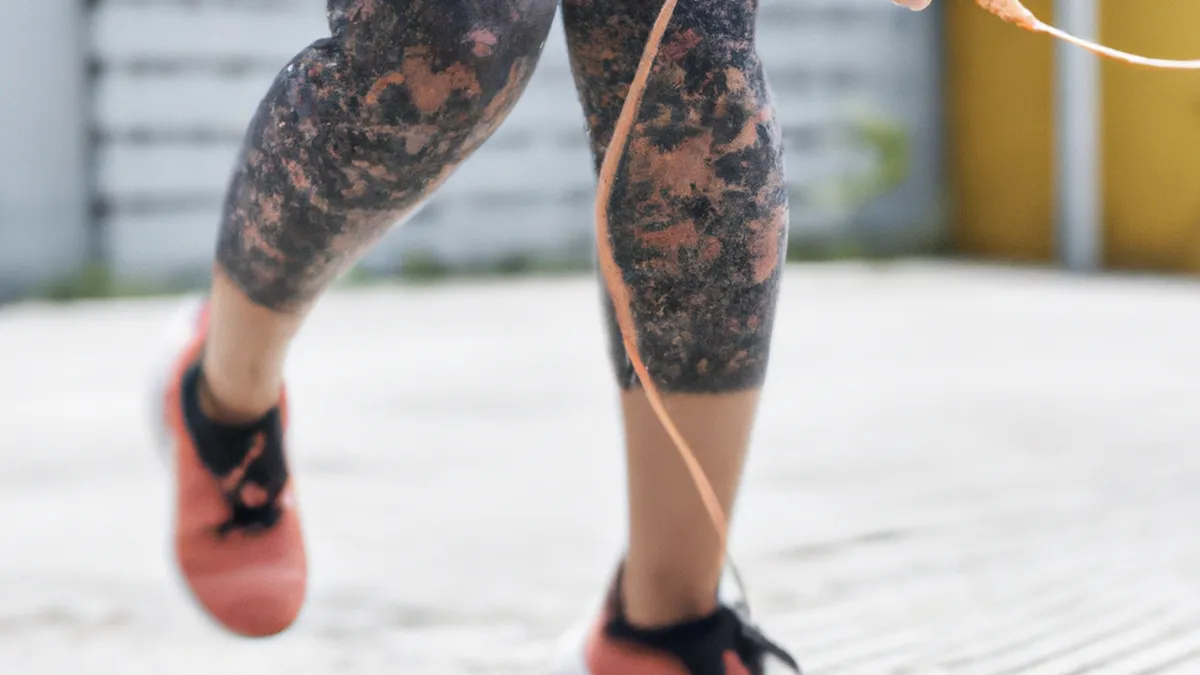Correct Your Squat Form Like a Pro
Improving Squat Depth and FormSquats effectively build strength, stability, and overall fitness. They engage multiple muscle groups, including quadriceps, hamstrings, glutes, and core. Many individuals struggle to achieve proper squat depth and form, despite squats’ benefits. Poor squat mechanics can lead to injuries and limit exercise effectiveness. However, you can improve your squat depth and form with the right techniques and strategies. Let’s explore how.
Understanding Proper Squat Form
Before offering tips, let’s clarify proper squat form. Start with your feet shoulder-width apart and your toes pointing slightly outward. Lower your body while keeping your knees aligned with your toes. Maintain an upright chest and a straight back. This alignment distributes weight evenly and prevents injury.
Key Elements of Good Form
1. **Knee Tracking**: Ensure your knees do not cave inward. They should move in line with your toes during the squat. Proper knee tracking protects your joints and enhances stability.2. **Back Position**: Maintain a neutral spine throughout the movement. Avoid rounding your back or leaning too far forward to prevent strain and injury.3. **Foot Placement**: Distribute your weight through your heels, keeping them flat on the ground while squatting. This engages the correct muscle groups and provides stability.4. **Depth**: Aim to squat to at least parallel, where your thighs parallel the ground. Deeper squats can be beneficial if you maintain good form.
Tips for Improving Squat Depth
As an Amazon Associate I earn from qualifying purchases.
Gear tip: consider stretching strap, yoga blocks, and resistance bands set to support this topic.
To achieve deeper squats, practice specific technique adjustments. Here are several tips.
1. Work on Flexibility
Flexibility plays a crucial role in achieving optimal squat depth. Tight muscles in your hips, hamstrings, and calves can limit your range of motion. Stretch these muscle groups regularly to improve flexibility. Incorporate dynamic stretches like leg swings and hip circles before workouts. After workouts, perform static stretches such as hamstring and hip flexor stretches to enhance flexibility.
2. Use a Box or Bench
Box squats can help you practice proper depth. Place a box or bench behind you at a height that lets you squat to parallel or slightly below. Touch your glutes to the box without sitting down. This method teaches you how low to go while maintaining good form and provides safety as you work on depth.
3. Strengthen Supporting Muscles
Building strength in supporting muscle groups aids in achieving deeper squats. Incorporate exercises like lunges and deadlifts.
Conclusion
Improving squat depth and form requires focus on technique, flexibility, and strength. Implement these strategies to enhance your squatting ability.
Below are related products based on this post:
FAQ
What is proper squat form?
Proper squat form involves starting with your feet shoulder-width apart and toes slightly outward. As you lower your body, your knees should align with your toes, and you should maintain an upright chest and a straight back to prevent injury.
How can I improve my squat depth?
Improving squat depth can be achieved by working on flexibility, particularly in the hips, hamstrings, and calves. Incorporating dynamic stretches before workouts and static stretches afterward can enhance your range of motion.
What exercises can help strengthen supporting muscles for squats?
Exercises such as lunges and deadlifts are effective for building strength in the muscle groups that support squats. Strengthening these muscles will help you achieve deeper squats and maintain proper form.















Post Comment